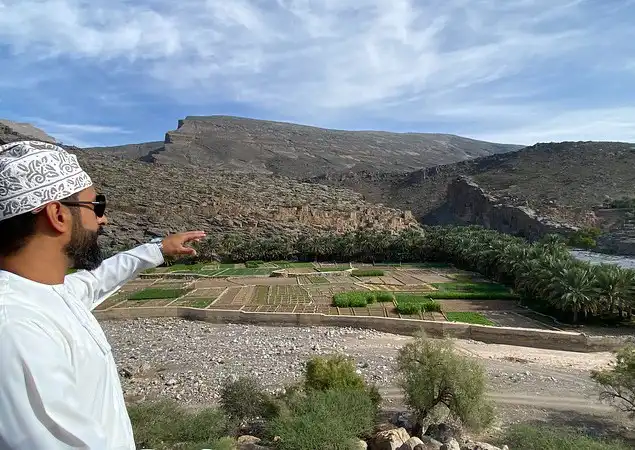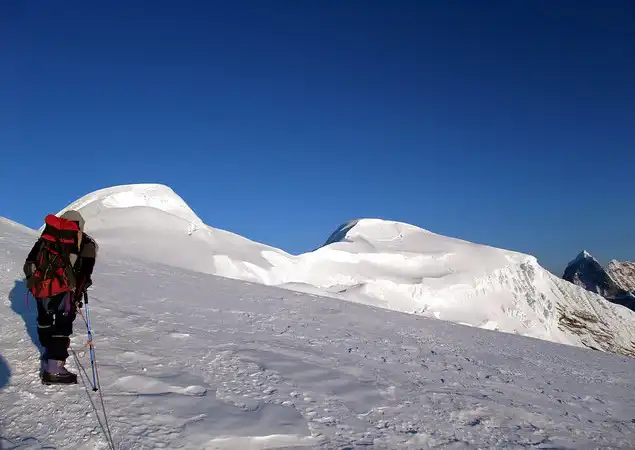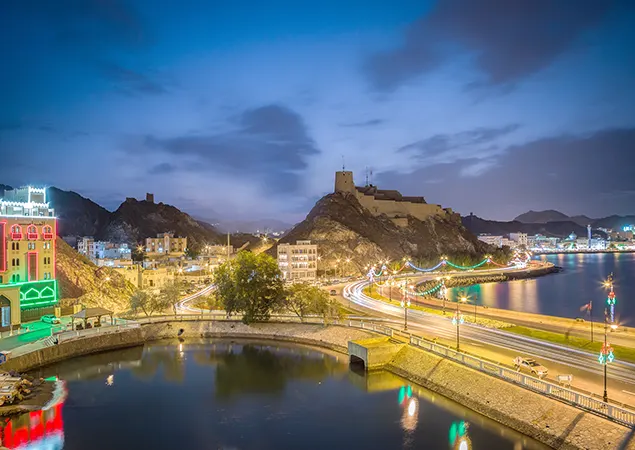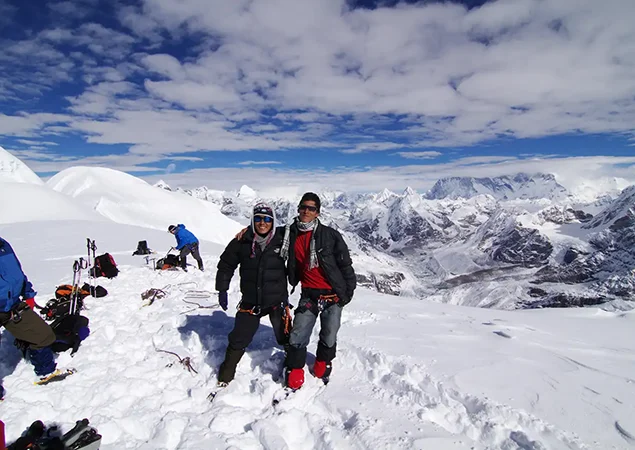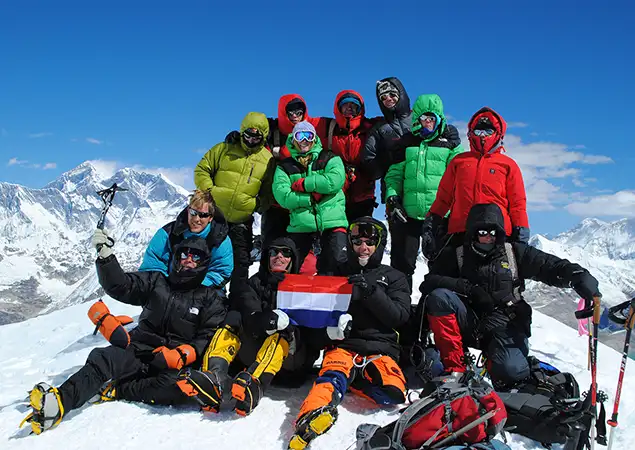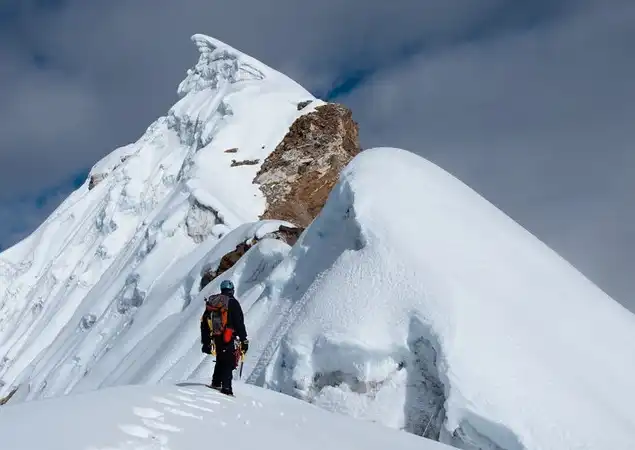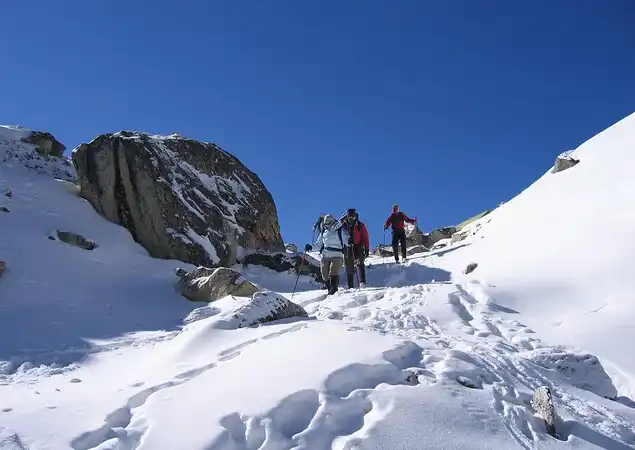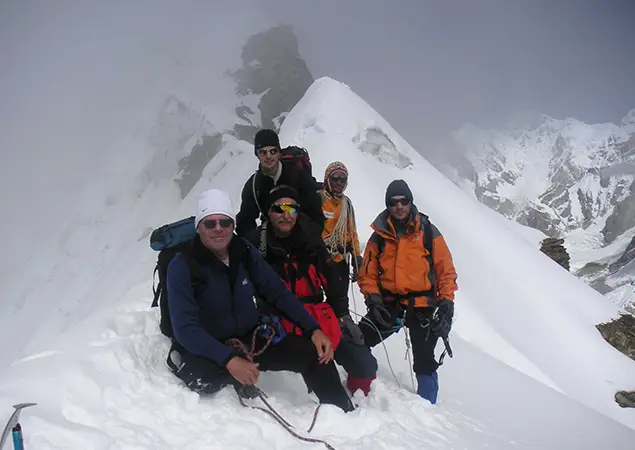Photography and Scenic Spots
For those who love photography, the beauty of Wadi Ghul is one place that will give them a run for their money in capturing beautiful sceneries. The climbing activity in the region is a bonus due to its high cliffs and canyons as well as the breathtaking views of Oman. Here are some photography sites you shouldn’t miss when visiting this abandoned village:
Key Photo Opportunities
- Balcony Walk: A famous hiking path known as the Balcony Walk has several viewpoints that are favorable for photography. The upside of the trail gives gorgeous canyon shots, making it one of the favorite places for taking dramatic photos. Morning or evening shoots are great since the soft light captured adds depth and beauty to the landscape.
- Canyon Rim: One can get good pictures over the canyon by obtaining all the angles on a wide-angle photo. You can capture the best views by standing in the canyon at dawn or sunset when the bright sunlight paints the rocks in picturesque shades of red.
Panoramic Views
- Canyon and Mountain Vistas: Several viewpoints along Wadi Ghul offer spectacular panoramic views of the canyon and Al Hajar Mountain range. These popular sweeping views make this spot a great attraction for those passionate about the outdoors and photographers interested in Oman’s expansive and rugged landscapes.
Nearby Attractions
Most Wadi Ghul tourists also visit places of interest that promise equally breathtaking views and cultural importance. Some of the best places to visit include but are not limited to the following:
Jebel Shams
- Oman’s Highest Peak: Wadi Ghul, Jebel Shams, which lies nearby, is the tallest in Oman and is usually loved by climbers and photographers. Most tourists combine their Wadi Ghul tour with a visit to Mount Shams to experience the spectacular sights of the place.
- Stunning Views: Jebel Shams has a breathtaking view of the canyon beneath that depicts the wondrous scenic view of Wadi Ghul, amongst other features of nature in the region. It is an ideal location to take pictures using a wide-angle lens.
Wadi Nakhr
- Neighboring Wadi: People often refer to Wadi Nakhr alongside Wadi Ghul, as both canyons are in the same region. Jebel Ghul is, however, comparatively better for those seeking to hike and take photographs.
- Distinct Features: Wadi Nakhr incorporates much vertical rock and a cut-off width, which gives it a unique yet gorgeous view. For people coming to the area on canyon exploration, both are two of their trips.
Other Attractions
- Ancient Villages: The area around Wadi Ghul contains ancient villages with old stone houses and terraced farming systems. These villages provide a unique glimpse into Oman’s cultural history and serve as excellent spots for artistic photography.
- Forts and Cultural Landmarks: Nearby forts and historical sites also add a layer of history to your visit. These landmarks help you understand the region’s heritage while offering more photography opportunities.
How to Reach Wadi Ghul
Starting a trip to Wadi Ghul allows you to explore the stunning natural landscapes of Oman. A well-planned tour from either the vibrant city of Muscat or the historic town of Nizwa ensures a smooth travel experience.
Directions from Muscat or Nizwa
- From Muscat: A 2.5 to 3-hour drive along Route 15 takes you to Wadi Ghul. This route is scenic and well-maintained. While regular vehicles suffice under typical conditions, a 4WD enhances your ability to explore off-road areas and navigate rougher terrain near the canyon.
- From Nizwa: Traveling from Nizwa to the canyon lasts about 1.5 hours. The roads maintain good conditions but may require a 4WD as you approach the canyon, especially during the rainy season when paths become slippery.
Public Transport Options
- Availability: Limited public transport options challenge reaching the canyon without a personal vehicle.
- Guide or Driver: For those without cars, hiring a guide or driver is advisable. This service is available in Muscat or Nizwa, where tour operators are well-versed in the region and enhance your travel experience with local insights.
Safety and Travel Tips
Navigating Wadi Ghul presents exhilarating challenges. Here are some key tips to help you have a safe and enjoyable visit.
Trekking Safety
- Stick to Marked Trails: Always follow marked trails to avoid getting lost and reduce environmental impact.
- Hydration is Key. You can get dehydrated quickly because of the dry climate and high temperatures. Carry more water than you think you’ll need.
- Monitor Weather Conditions: Stay alert to sudden weather changes. Although flash floods are rare, they pose risks, so check the weather forecast before your outing.
Considerations for High Altitudes
- Acclimate Appropriately: If you’re heading up to the higher elevations near Wadi Ghul and Jebel Shams, take some time to acclimate to avoid altitude sickness.
- Recognize Altitude Sickness Symptoms: Familiarize yourself with symptoms like headaches, nausea, and dizziness. If you feel unwell, head to a lower altitude and seek medical help immediately.
Environmental Responsibility
- Avoid Littering: Ensure you carry out all your trash. Littering spoils the natural beauty and threatens wildlife.
- Respect Wildlife: Respect the wildlife by keeping a safe distance, not feeding the animals, and being careful not to disturb their natural habitats.
- Adhere to ‘Leave No Trace’ Principles: Maintain the pristine condition of the environment to allow future visitors to enjoy the same beauty.
Accommodations Near Wadi Ghul
Visitors to Wadi Ghul will find various accommodation options that cater to different preferences, whether seeking comfort in nearby lodges or an adventurous camping experience.
Lodges and Guesthouses
- Al Hamra: Located a short drive from Wadi Ghul, Al Hamra offers a range of guesthouses and lodges. These accommodations are perfect for those who want a more comfortable stay while exploring the region. Many guesthouses in Al Hamra provide traditional Omani hospitality, with beautiful views of the surrounding mountains and valleys.
- Jebel Shams: For those wanting to stay closer to Oman’s highest peak, lodges on Jebel Shams offer a cozy base for exploring the mountain and Wadi Ghul. These lodges provide modern amenities and often include stunning canyon vistas below.
Camping
- Canyon Camping: Adventurous travelers can camp near Wadi Ghul and enjoy its rugged beauty. Several designated camping spots are available for those who want to enjoy a night under the stars. Camping in the canyon allows you to experience the area’s serenity and magnificent night skies, with the towering cliffs of the canyon as your backdrop.
- What to Bring: If you’re planning to camp, bring sturdy tents, warm sleeping bags, and enough food and water to last throughout your stay. It’s also advisable to check weather conditions to avoid extreme temperatures or unexpected rainfall.
Local Cuisine and Dining
Exploring the natural beauty of Wadi Ghul can work up an appetite. Fortunately, nearby villages like Al Hamra offer various dining options where you can enjoy traditional Omani dishes after hiking and sightseeing.
Dining Options
- Traditional Omani Restaurants: In Al Hamra, several local eateries serve delicious Omani cuisine. Dishes like shuwa (slow-cooked lamb) and majboos (spiced rice with meat or chicken) are popular for visitors looking to taste authentic flavors. These restaurants provide a relaxed atmosphere where you can unwind after a long day of exploring.
- Café and Casual Dining: There are also casual dining spots and cafes in the area, offering lighter meals, snacks, and refreshments. These are great for a quick bite or a relaxing coffee break between your canyon adventures.
Picnic Spots
- Scenic Picnic Areas: Wadi Ghul offers several picturesque picnic spots for those who prefer a more laid-back dining experience. Pack your lunch and head to one of the scenic viewpoints around the canyon. Whether you’re enjoying a simple meal or a full spread, the breathtaking views of the canyon provide the perfect backdrop.
- Canyon Rim: The canyon’s rim is one of the most popular places for a picnic. You can enjoy your meal while taking in the expansive views of the canyon below and the mountains in the distance.
Wadi Ghul in Popular Culture
Wadi Ghul has succeeded greatly as a sought-after destination for explorers and adventurers alike. Thanks to its beautiful views and colorful outdoor activities, it attracts visitors from all continents.
Tourism Growth
More and more tourists from every region are interested in Wadi Ghul. The breathtaking landscape of the canyon, combined with some extreme activities such as hiking, trekking, and even rock climbing, makes its visitors more willing to experience all the resources available in the wilderness. The rise of the voyager looking for distant and especially remote areas explains why the brilliant yet virgin beauty of the canyon provides an insight into the natural aspects of the country that is Oman.
Featured in Media
Several documentaries, articles, and media coverage have also highlighted Wadi Ghul’s picturesque and strange cultural aspects. These features have enhanced the canyon’s image as an attractive site in Oman, encouraging visitors to come and experience the thrilling landscapes.
Conclusion
Every traveler who visits Wadi Ghul will find something unique. The cliffs and deep gorges are a perfect setting for everyone, from photographers to hikers and people who love nature. And, of course, apart from such idyllic scenery, there are also extreme sports, such as rock climbing and camping out in the open. Tribal settlements with old traditions are also in the neighborhood, which explains the abundant history of this place.
